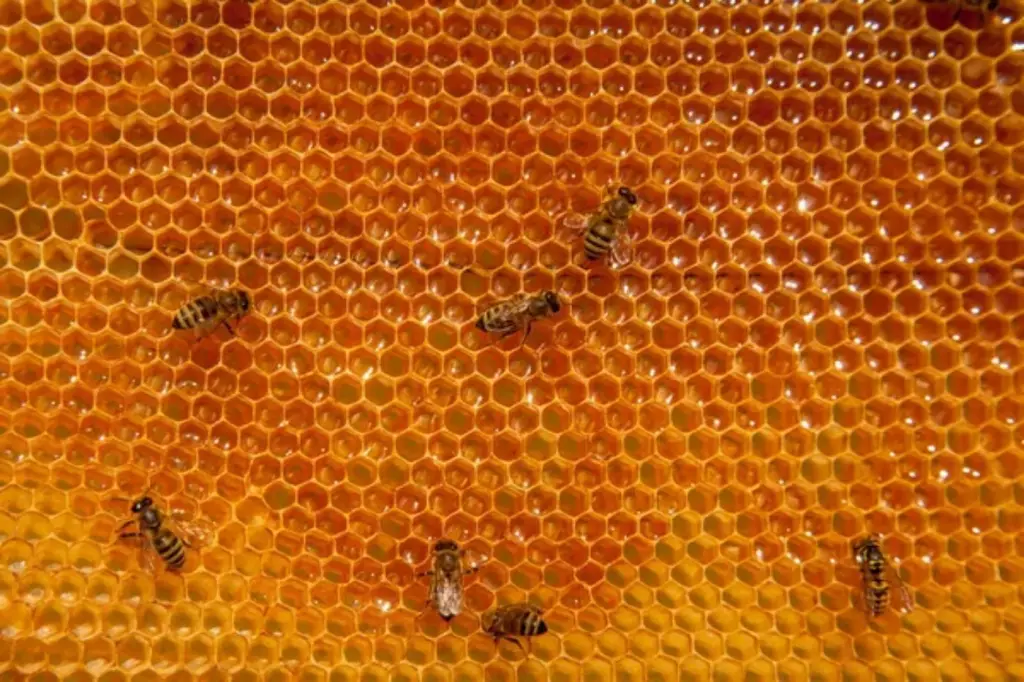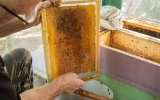How Do Bees Make Honeycomb? (Step-by-Step with Diagram)
Have you ever wondered how bees create those intricate honeycomb structures in their hives? They're made to store honey and grow young bees. Let's unravel the intricate process of how bees make honeycombs from nectar collection to the construction of the hive itself.
Bees make honeycombs by first secreting a wax-like substance from glands on their abdomen. This wax is then formed into hexagons that make up the shape of the honeycomb. The bees then fill the honeycomb with the nectar they collect from flowers and use enzymes in their saliva to turn the nectar into honey.
You'll find a more detailed explanation below. As you read on, you'll get insight into the importance of this process, and how you can assure your bees' success.
Summary
- Bees make honeycombs by using their wax glands, which secrete wax in tiny flakes. They collect the wax flakes with their mandibles and mold them into hexagonal honeycomb cells. They first build the central comb and then add new combs to the sides as the colony grows.
- The bees use their honeycomb for honey and pollen storage, for raising their young, and for protection against predators.
- Some signs to look out for to make sure your colony is creating honeycombs successfully are increased bee activity, wax and honey production, and visible honeycombs.
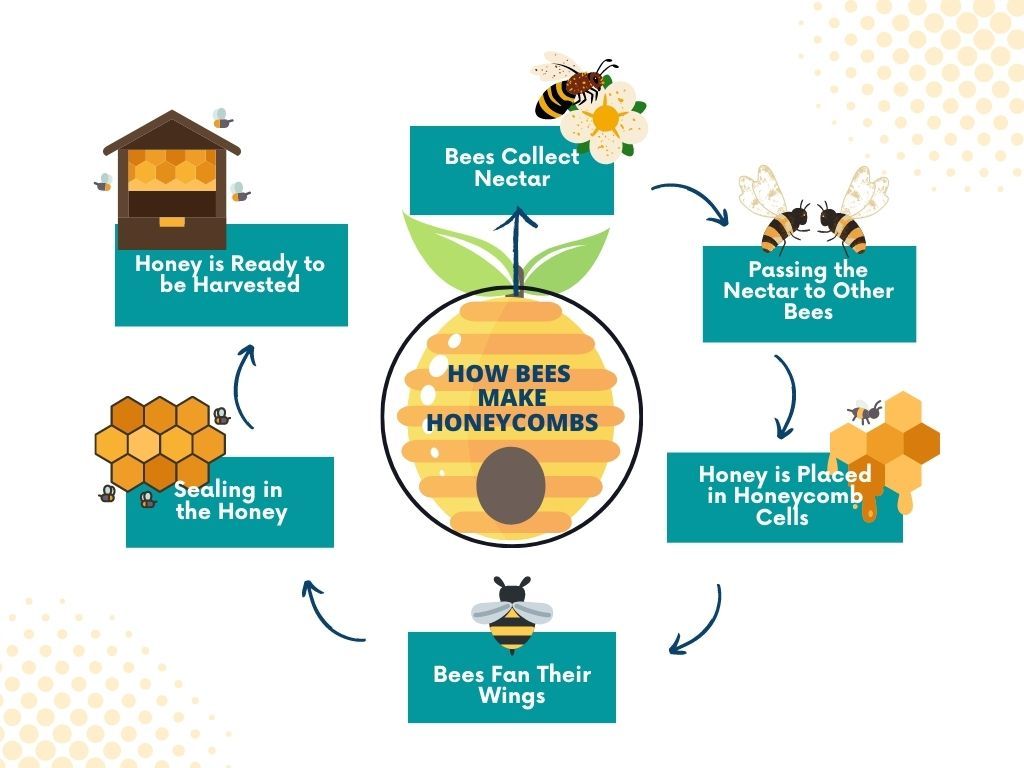
On this page:
Step-by-Step Process of How Bees Make Honeycomb
Before we dive into the intricate process of comb-making, let us first discuss which type of bee performs this major role. The worker bees are the great architects behind the intricate honeycomb structure. On days 12 - 23 after emerging as young bees, their wax glands become fully developed which enables them to start producing wax to build combs.
Interestingly, bees are the only insects that can make wax because of these special glands. They use this wax to create what we know as the "honeycomb cells", where they store their honey and where they raise the larvae bees. To know how they do this, let us dive into the details of each step below.
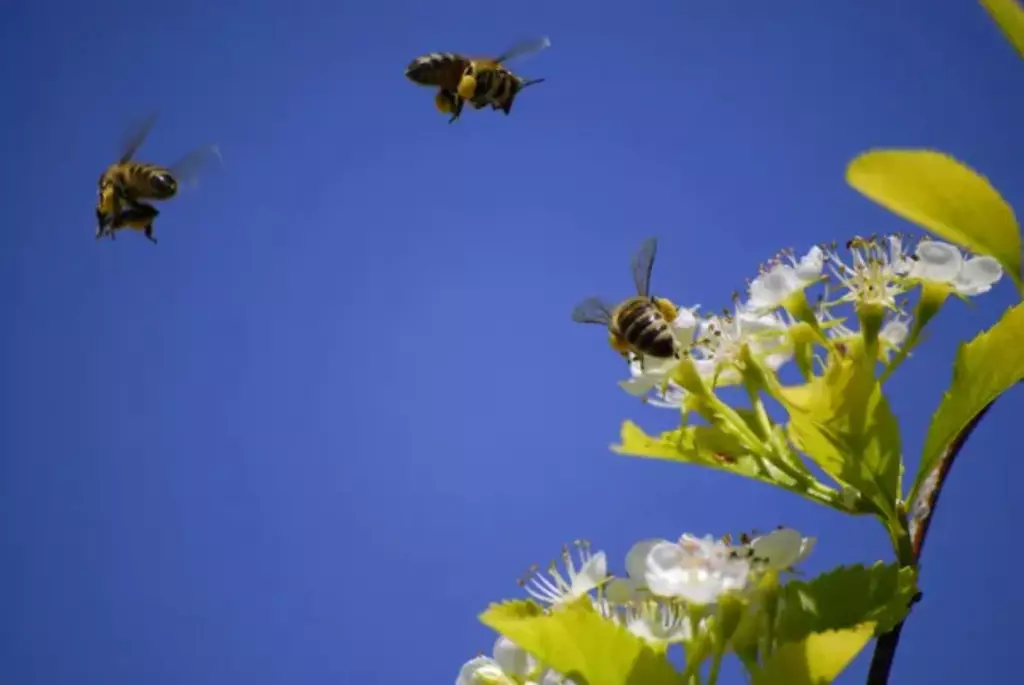
Step 1: Bees collect nectar from flowers
The last job of a worker bee before its life declines is to forage for nectar and pollen. They collect nectar from flowers and then store it in their honey stomachs until they return to the hive.
Worker bees have to visit many flowers to fill their honey stomachs with enough nectar to produce a good amount of honey. On average, one bee visits 1,500 flowers a day.
Step 2: Foragers pass the nectar to other bees
Once they reach their quota of flower visits, the bees return to their hive where they pass the nectar on to other worker bees as part of the process of making honeycomb. This process of regurgitation or chewing and passing is known as trophallaxis and is how worker bees share the collected nectar with the rest of the hive.
This process where bees consume nectar and pollen is what provides them with the nutrients to produce wax which is the foundation of the honeycomb.
Step 3: Creating the honeycomb and honeycomb cells
Bees make honeycombs by using their wax glands, which are located on their abdomen. The wax is secreted from the wax glands in tiny flakes, which the bees collect with their mandibles and mold into the hexagonal honeycomb cells.
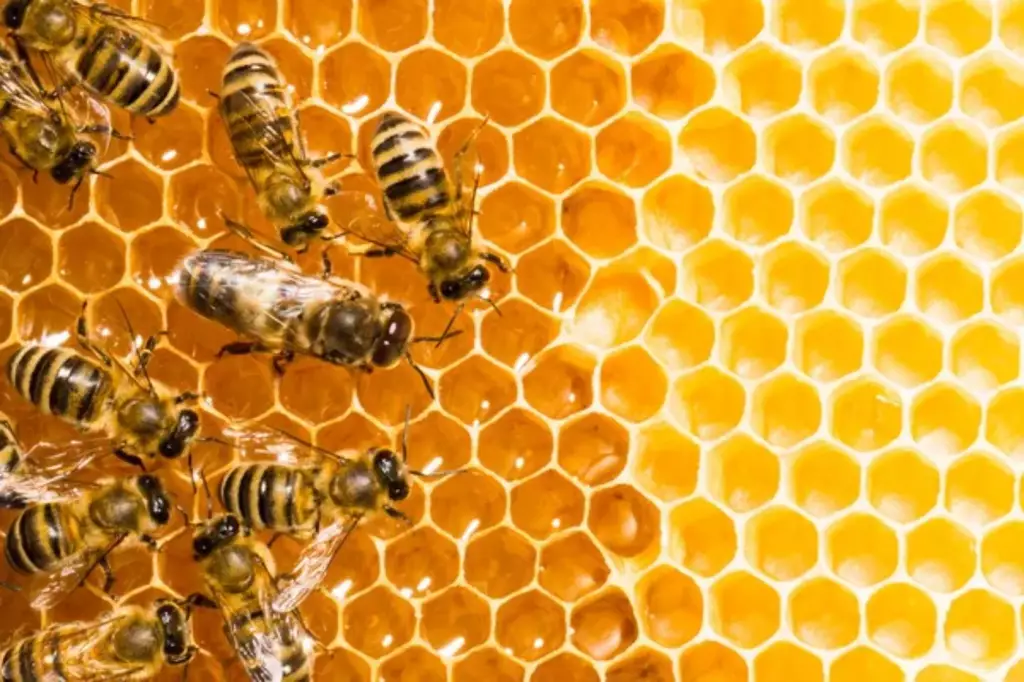
Then, they start constructing the honeycomb by working together in a coordinated effort. They start by building a central comb and then add new combs to the sides as the colony grows. The bees use their bodies to measure the size and shape of the cells to get a consistent hexagonal shape of the same size throughout the comb.
Each cell is lined with beeswax and is filled with a mixture of nectar and enzymes which will be transformed into honey in the next step.
Once the honeycomb is complete, the bees use it to store honey, and pollen, and to raise their young. This structure also provides a secure and organized space for the bees to carry out their activities, protecting them from predators.
Step 4: Bees fan their wings to create honey
From step 3, we have seen how the bees filled the honeycomb cells with a mixture of nectar and enzymes. Bees fan their wings over this mixture to evaporate the water in the nectar.
This action creates a draft which causes the water in the nectar to evaporate. As the water evaporates, the sugars in the nectar become very concentrated, which creates a thicker and sweeter liquid. This liquid is then labeled as honey. Therefore, the process of creating a honeycomb goes hand in hand with the process of creating honey.
Step 5: Sealing in the honey
When the mixture has reached the desired consistency to be considered honey, the bees seal them in using wax caps. The beeswax used to cap the cells is produced by the bees and provides an effective barrier for the honey within. It also provides insulation for the honey, helping to keep it at a constant temperature and preventing it from becoming overly hot or cold.
The wax caps also help to preserve the honey by keeping out oxygen, which can cause the honey to spoil. It also keeps out contaminants like dust and bacteria which can affect the quality of the honey.
Step 6: Honey is ready for harvest
When the cells are full and capped with more wax, they are ready to be harvested as part of the process of making a honeycomb. The harvested honeycomb is then placed in a processing machine, which extracts the honey from the cells and transfers it to a storage container. Harvesting honey from the combs will take at least 2 - 3 days to complete.
Importance of Honeycombs in the Beehive
We can't deny the crucial role of a honeycomb in the bee colony's survival and prosperity. Its primary functions include providing a space for the bees to store honey and allowing the colony to expand by housing and nurturing new bees.
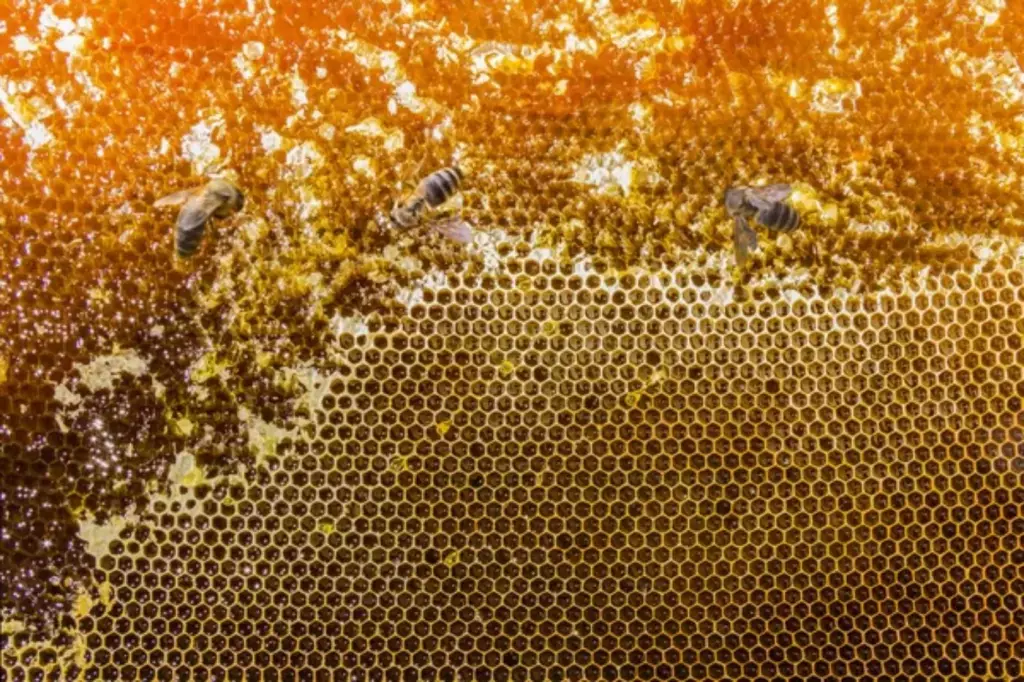
Honey storage is vital for bees, as it serves as their primary food source during times when nectar is scarce such as the winter season. By creating a honeycomb, bees can safely store the honey they collect - giving them enough food source to survive harsh weather conditions or periods of low food availability.
In addition to food storage, honeycombs serve as a protective and nurturing space for developing bees. The comb's structure provides a safe and temperature-regulated environment for bee larvae.
From here, you can see that a honeycomb is not just a visually stunning and intricate structure, but also an essential element in beekeeping. For these reasons, you must maintain the honeycomb and ensure that bees are building them successfully, as they are a cue to a strong and healthy bee colony.
Signs That Bees Are Making Honeycomb
To make sure that bees are making honeycombs successfully, you should be able to observe the following:
1. Increased bee activity: When bees are making their honeycomb, you may notice an increase in bee activity around the hive. Bees will be flying in and out of the hive more frequently than usual. They will need more nectar and pollen to fuel their honeycomb-making process.
2. Wax production: Bees produce wax to build their honeycomb. If you see bees carrying small flakes of wax in and out of the hive, it is a sign that they are building their honeycomb.
3. Comb building: You may be able to see the bees building their honeycomb if you observe the hive closely. Bees will cluster together and work in unison to build the honeycomb. Some beekeepers suggest that bees do "festooning" during the comb-building season. If you slowly separate two frames, you see bees stretched between the frames like wires on a power pole.
4. Honey production: Once the honeycomb is built, bees will start to fill it with honey. If you see bees carrying nectar into the hive, it is a sign that they are making honey.
5. Visible honeycomb: As the honeycomb fills with honey, it may become visible through the openings of the hive. You may see hexagonal cells filled with honeycombs and bees buzzing around them.
